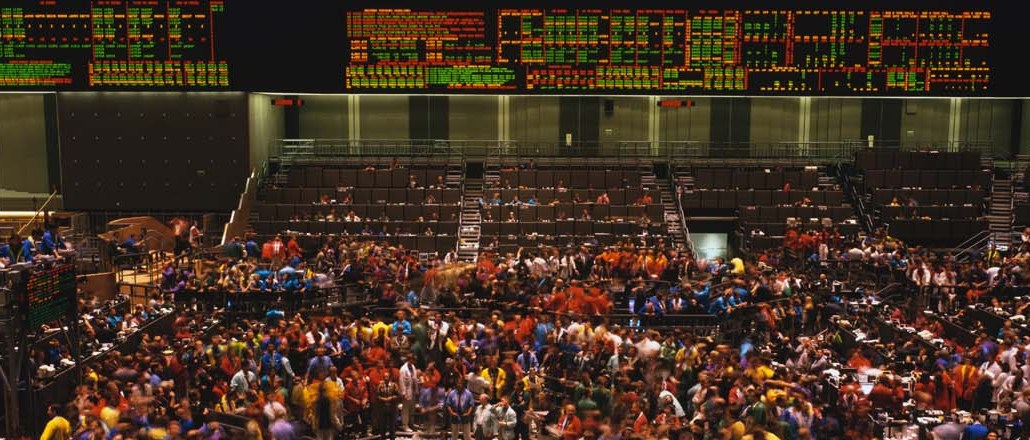Save 50% on a 3-month Digiday+ membership. Ends Dec 5.

This article is a WTF explainer, in which we break down media and marketing’s most confusing terms. More from the series →
Get honest, in-depth coverage of media, marketing and TV, delivered to your inbox daily. Sign up for the Digiday Daily Newsletter here.
Digital advertising, despite the massive industry built to streamline it, is still plagued by inefficiency and fragmentation. Programmatic selling may mean automation in theory, but it still requires plenty of behind-the-scenes work to connect the buyers to the sellers.
Born out of this reality are techniques such as header bidding, one of the many ways publishers are trying to eke more revenue out of their ad inventory. While the idea has been around for a while, adoption is gaining steam as more ad tech companies create products around it and publishers are looking for more ways to make cash.
WTF is header bidding?
Header bidding, also known as advance bidding or pre-bidding, is an advanced programmatic technique wherein publishers offer inventory to multiple ad exchanges simultaneously before making calls to their ad servers (mostly DoubleClick for Publishers). The idea is that by letting multiple demand sources bid on the same inventory at the same time, publishers increase their yield and make more money.
“Header bidding is a much cleaner and better tech integration between revenue partners, ad tech companies and publishers compared to what’s going on currently,” said Yieldbot CEO Jonathan Mendez.
Sounds complicated. How is this any better than how things work now?
For publishers, true programmatic efficiency is a bit like alien life: It’s probably out there, but no one’s actually seen it. Instead, publishers have managed their programmatic yield by daisy chaining sources in a waterfall structure: Publishers offer impressions in one sales channel, and if buyers don’t bite, they push them down to other, less valuable channels until someone makes a bid. The system works, but it’s highly fractured and inherently inefficient. Publishers say the system leaves money on the table.
“You lose a lot of inventory to that process,” said John Potter, CTO of Purch, which has implemented header bidding in its programmatic strategy.
Ad position: web_incontent_pos1
What do publishers get out of this?
The biggest benefit that header bidding offers to publishers is greater yield. Adding just a single header bid source can increase yield by 10 percent, according Potter. More, by combining their inventory into a single server-side supply, publishers can sell inventory on a per-impression basis, giving them more transparency into how much their impressions are actually worth.
“The entire idea of this system is to eliminate the need for pushing inventory back and forth, which is inefficient and wasteful,” said Technorati CEO Shani Higgins.
Weren’t the supply-side platforms (SSPs) supposed to solve all this?
They were. The problem is that behind every SSP is a business that’s competing with all the other companies offering SSPs, a situation that has fragmented demand sources. One notable side effect of header bidding adoption is that it puts pressure on Google’s DoubleClick for Publishers ad server, which, through its dynamic allocation feature, lets AdX — but no other exchange — see and bid on every impression.
Header bidding seems like a good deal. What’s the catch?
Beyond being a complicated setup to implement, the biggest issue with header bidding is what it can do to publishers’ page load times. Each SSP tag that a publisher plugs into its page is yet another potential source of added page latency. It’s a significant risk these days. Publishers are already larding their pages with third-party ad tags, which have slowed down Web pages and forced alienated readers to install ad blockers.
‘The only tech issue is all that stuff you’re putting in your header,” said Yieldbot’s Mendez. “The effectiveness of everything publishers do is predicated on how fast they are.”
Ad position: web_incontent_pos2
Still doesn’t seem ideal.
It isn’t, but few publishers today are in any position to let inconvenience prevent them chasing more revenue. “From the publisher perspective, it’s a better way than what they’re doing now,” said Technorati’s Higgins. “It’s not perfect by any stretch.”
Image courtesy Shutterstock Joseph Sohm / Shutterstock.com
More in Media

What publishers are wishing for this holiday season: End AI scraping and determine AI-powered audience value
Publishers want a fair, structured, regulated AI environment and they also want to define what the next decade of audience metrics looks like.

Digiday+ Research Subscription Index 2025: Subscription strategies from Bloomberg, The New York Times, Vox and others
Digiday’s third annual Subscription Index examines and measures publishers’ subscription strategies to identify common approaches and key tactics among Bloomberg, The New York Times, Vox and others.

From lawsuits to lobbying: How publishers are fighting AI
We may be closing out 2025, but publishers aren’t retreating from the battle of AI search — some are escalating it, and they expect the fight to stretch deep into 2026.
Ad position: web_bfu